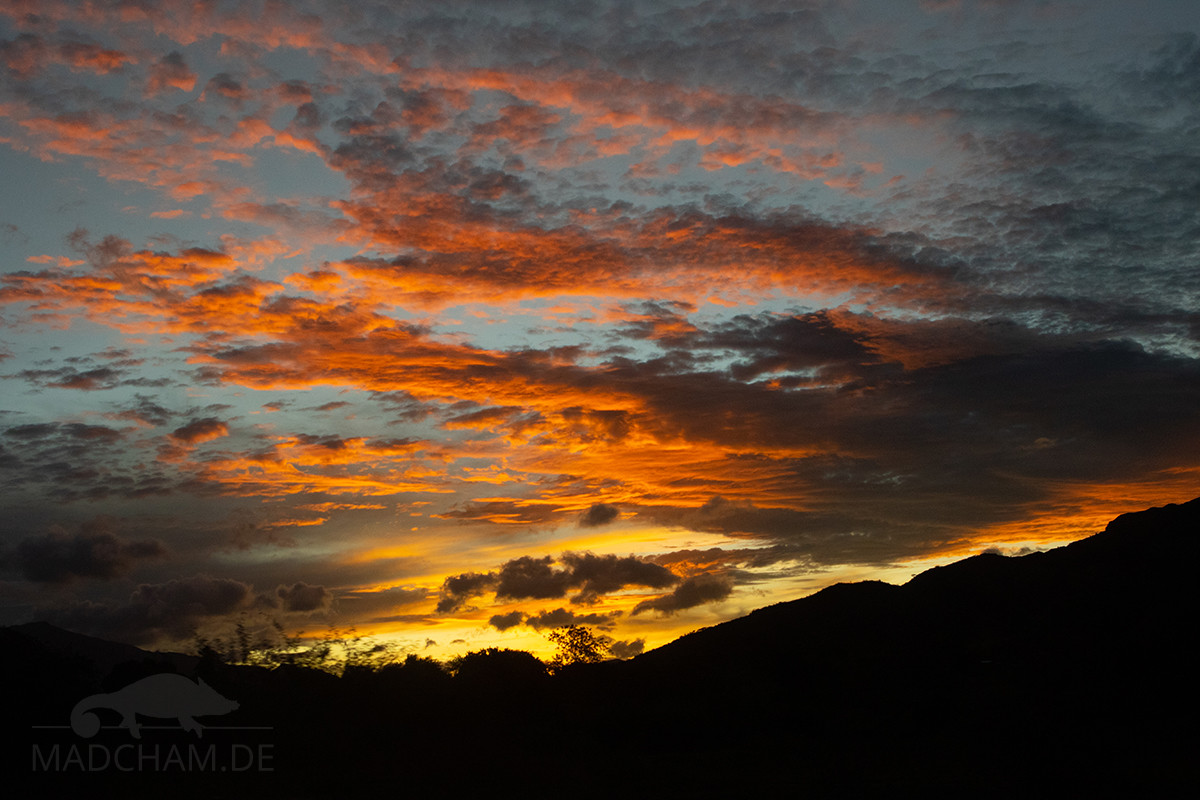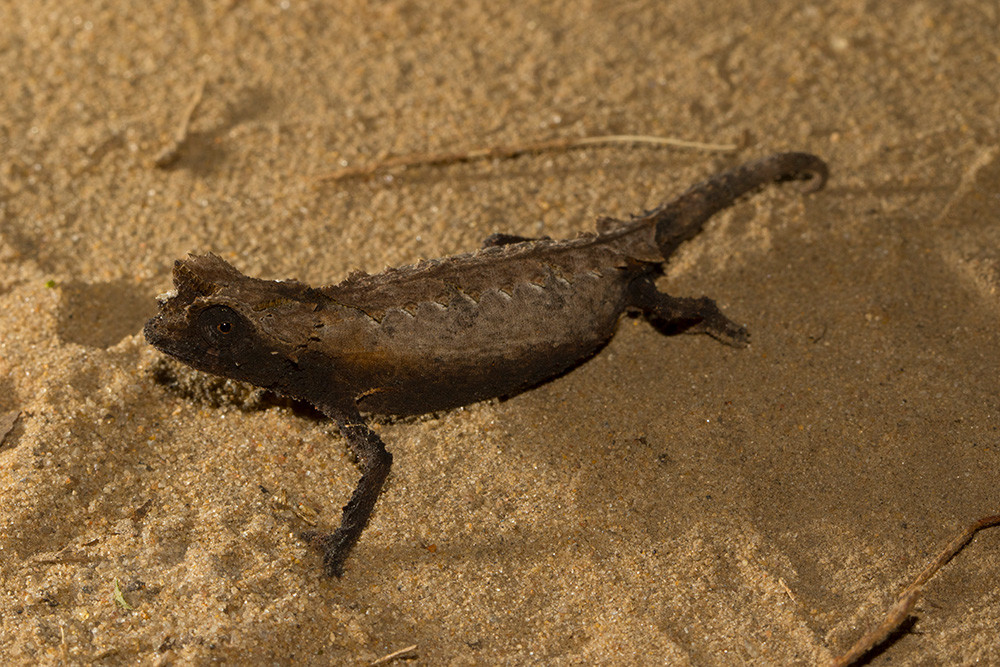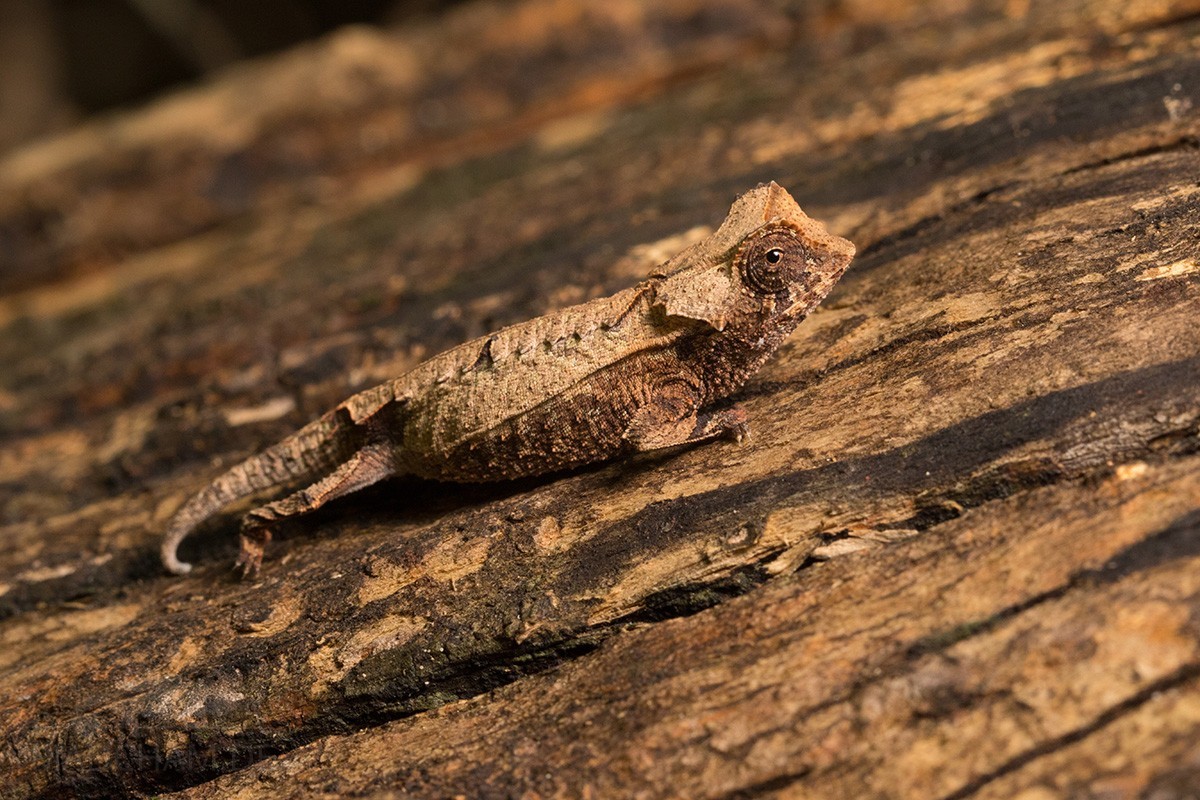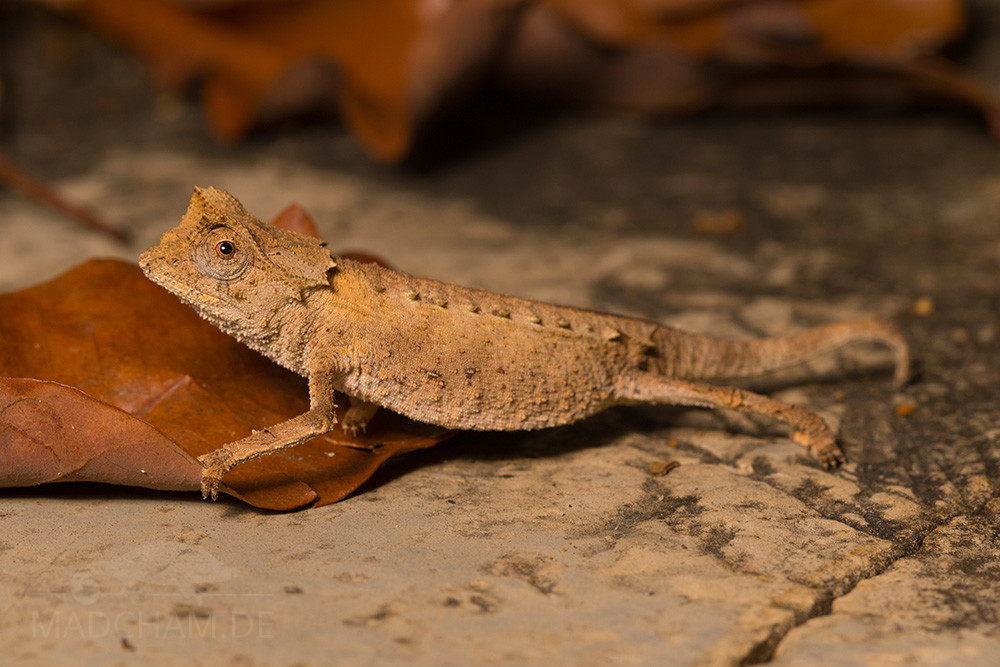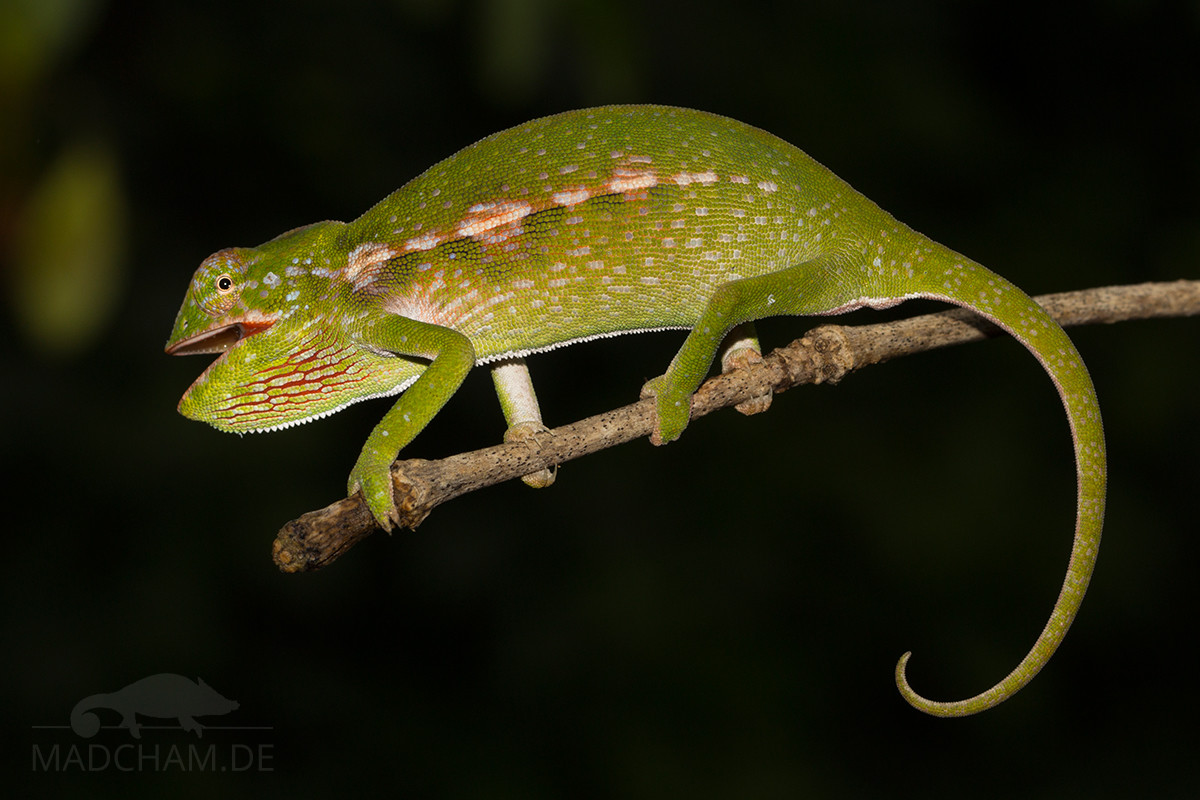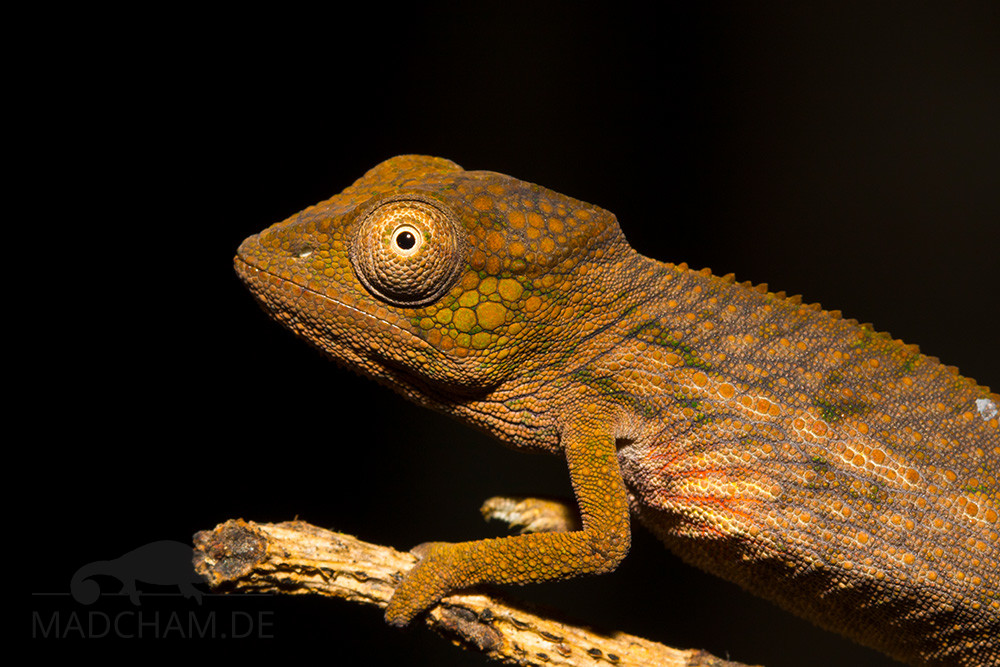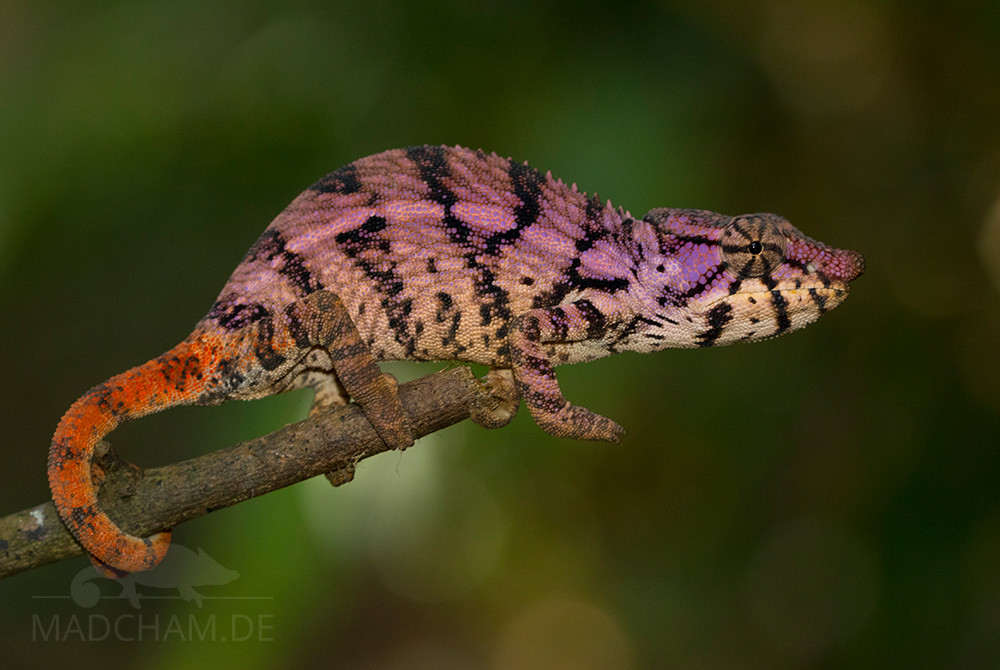Expedition Blog Day 12: Loky Manambato
Another day in the dry forest of Loky Manambato awaits us. Today we show how we spend the night camping – at least when there is enough space like here at Camp Tattersalli (in...
Expedition Blog Day 11: Loky Manambato
In daylight, Camp Tattersalli already looks much friendlier than last night. But we are glad to have our tents with us… The dry forest of Loky Manambato is not only home to the famous...
Expedition Blog Day 10: Sambava – Vohémar – Loky Manambato
It goes on! From Sambava, the road takes us along the east coast of Madagascar to Vohémar. Beautiful panther chameleons line the way and we take our time. In Vohémar we have a small...
Brookesia brygooi
First description: Raxworthy & Nussbaum, 1995 Origin of the species name: Christopher J. Raxworthy from the American Museum of Natural History, New York (USA) and Ronald A. Nussbaum from the University of Michigan, Ann...
Brookesia decaryi
First description: Angel, 1939 Origin of the species name: Fernand Angel described this chameleon species on the basis of prepared animals that were kept in the Natural History Museum of Paris (France). The chameleons...
Brookesia stumpffi
First description: Boettger, 1984 Origin of the species name: The paleontologist Oskar Böttger, then curator of the Senckenberg Museum in Francfort (Germany), named the species after Anton Stumpff. Together with Carl Ebenau, General Representative...
Furcifer major
First description: (Brygoo, 1971) Origin of the species name: The French zoologist Édouard-Raoul Brygoo described the species at the Institute Pasteur in Antananarivo, Madagascar. He considered it to be a subspecies of the carpet...
Furcifer nicosiai
First description: Jesu, Mattioli & Schimmenti, 1999 Origin of the species name: The three Italian biologists Riccardo Jesu, Fabio Mattioli, and Giovanni Schimmenti from the Aquarium Genoa (Italy) dedicated the species to Guido Nicosia,...
Furcifer rhinoceratus
First description: (Gray, 1845) Origin of the species name: The English zoologist John Edward Gray described the species very briefly and named it after the Latin rhinoceros. By this, he meant the different pronounced...



